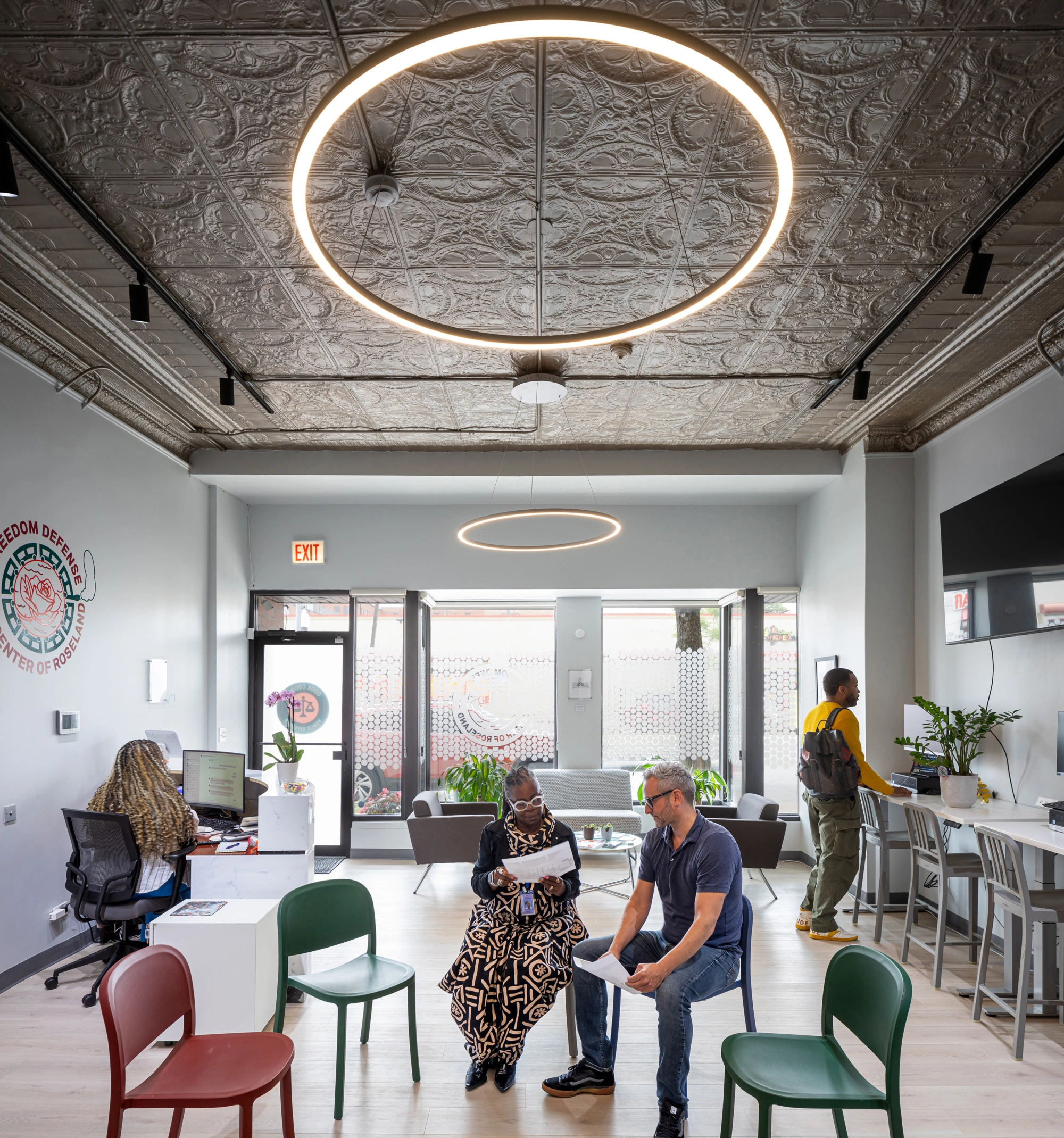1 Mission Statement
Inclusive. Intentional. Collaborative.

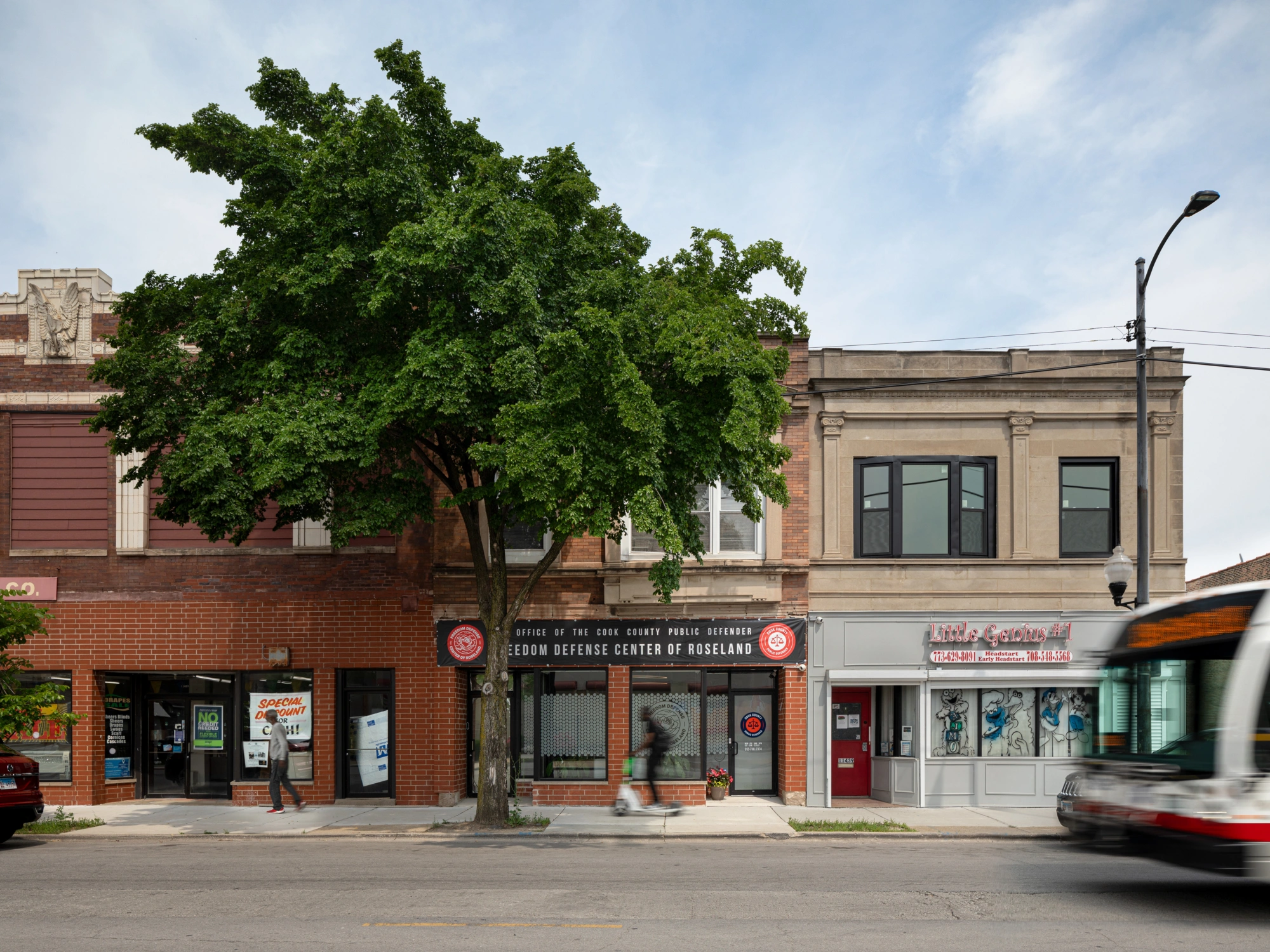
The Roseland Freedom Defense Center is a powerful example of what happens when justice is rooted in community. Located at 11437 S. Michigan Ave., this first-of-its-kind Community Defense Center is now open by appointment and is reshaping how public defense is delivered on Chicago’s Far South Side. What makes it truly unique is its community-centered design. Two planning circles; one made up of Roseland residents and the other of individuals incarcerated at Cook County Jail have guided every step, from naming the center to shaping its mission and services.
The center offers, on-site public defenders, legal education and expungement assistance, mental health and trauma support, case management/pretrial resources, and arts programming for restorative justice practices. Funded by the American Rescue Plan Act, the center aims to address long-standing inequities in legal access, especially in a neighborhood deeply affected by systemic challenges. It’s not just a legal office—it’s a declaration that justice belongs in the neighborhood, and that healing and advocacy go hand in hand.
Photos ©Will Quam.
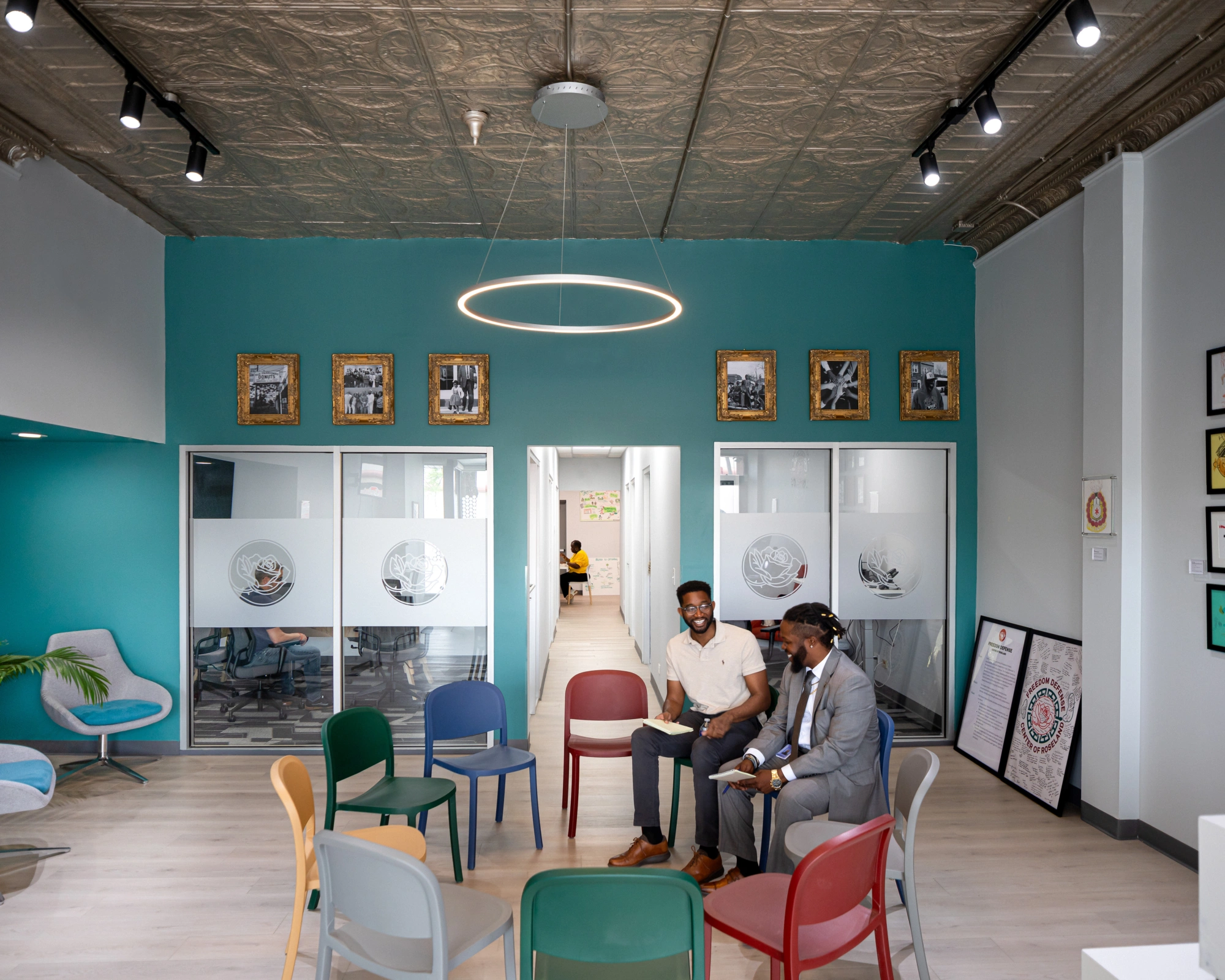
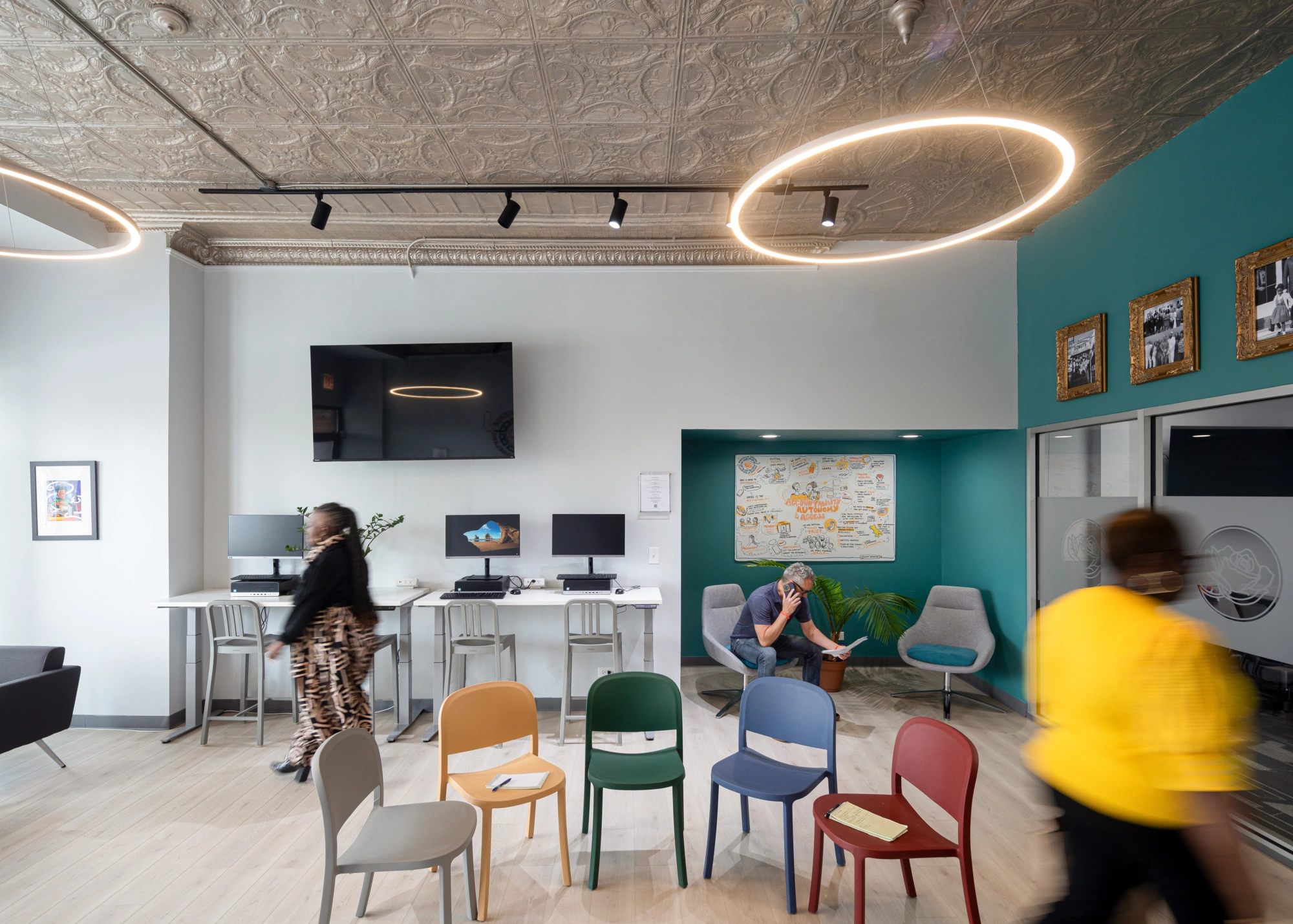
“At the Cook County Public Defender's Office, we are taking traditional criminal legal defense out of the courthouse and into the community to provide more collaborative representation and services.”
Sharone Mitchell Jr.Cook County Public Defender
Inclusive. Intentional. Collaborative.

This Community Facing program seeks to Restore Justice to all residents, provide Education and Wellness opportunities, and act as a collaborative space where open resources can

The restoration of this south side storefront acts as an allegory for the FDCR mission.

Community Change starts though strong client with a steadfast desire for results.

Limited budgets require ingenuity that leans on restoration rather than replacement.

We wanted to create accessible places to gather + work featuring natural + thematic lighting throughout the day.

Glazed offices build layers of transparency that expand a small footprint.

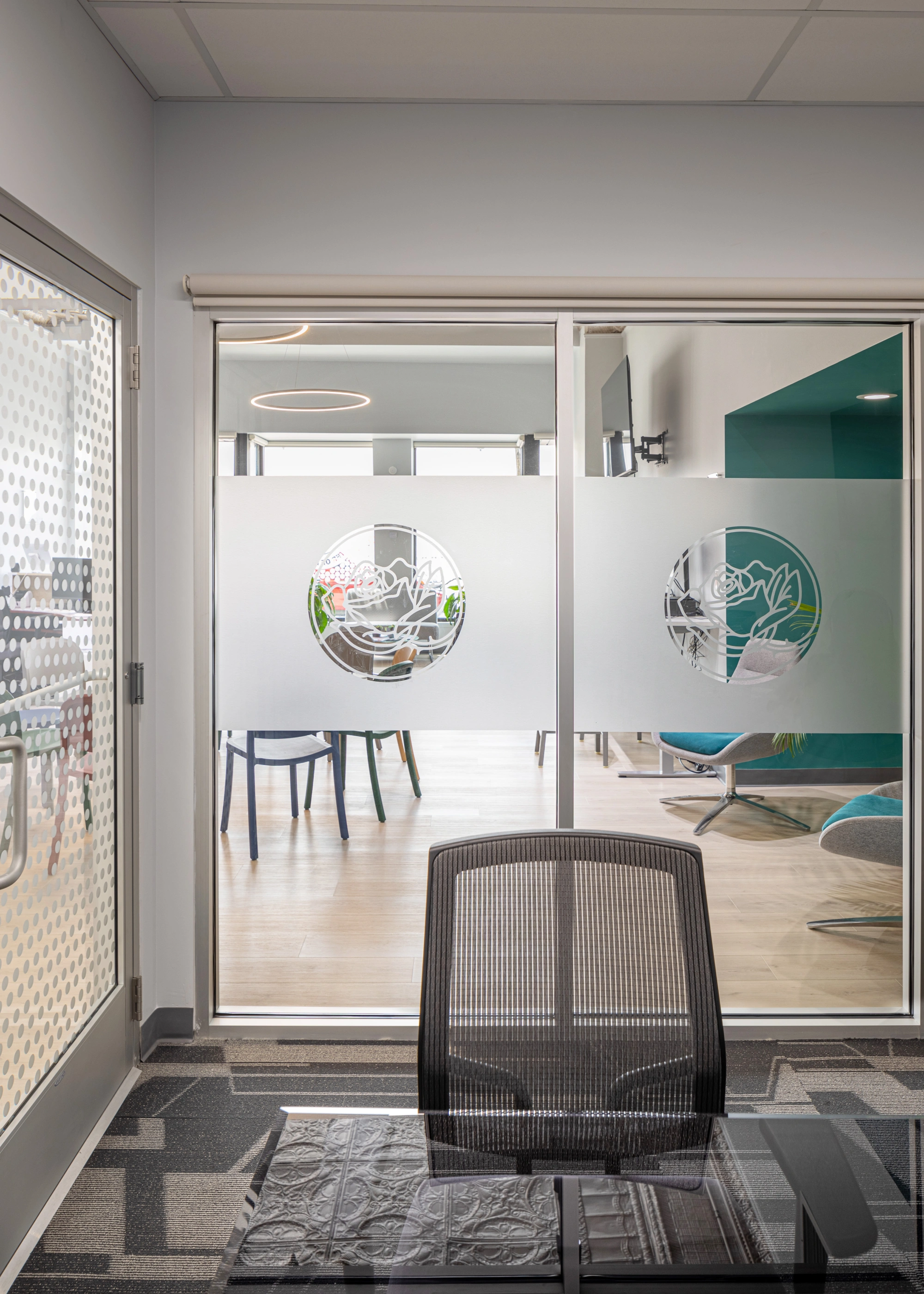
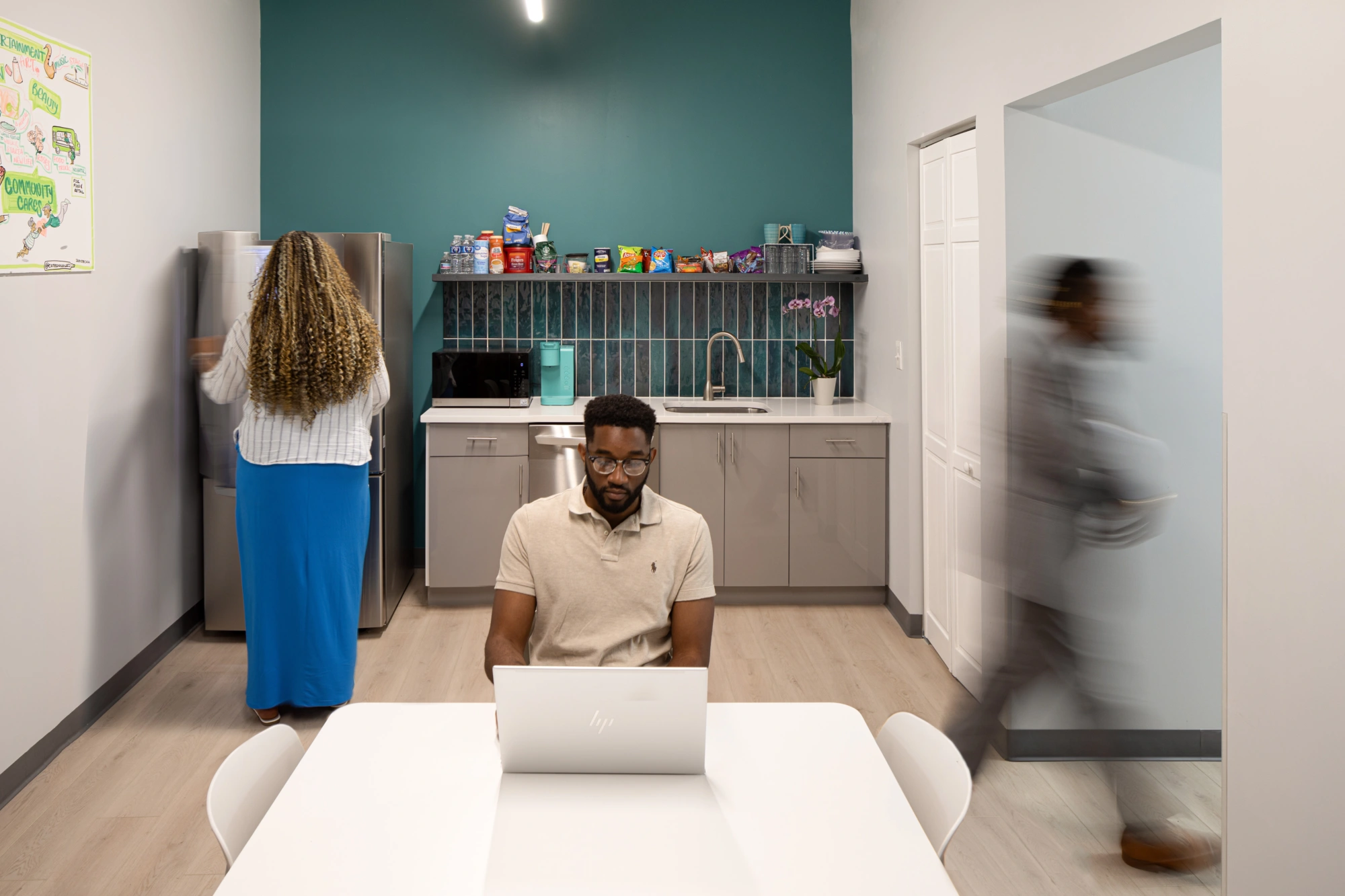
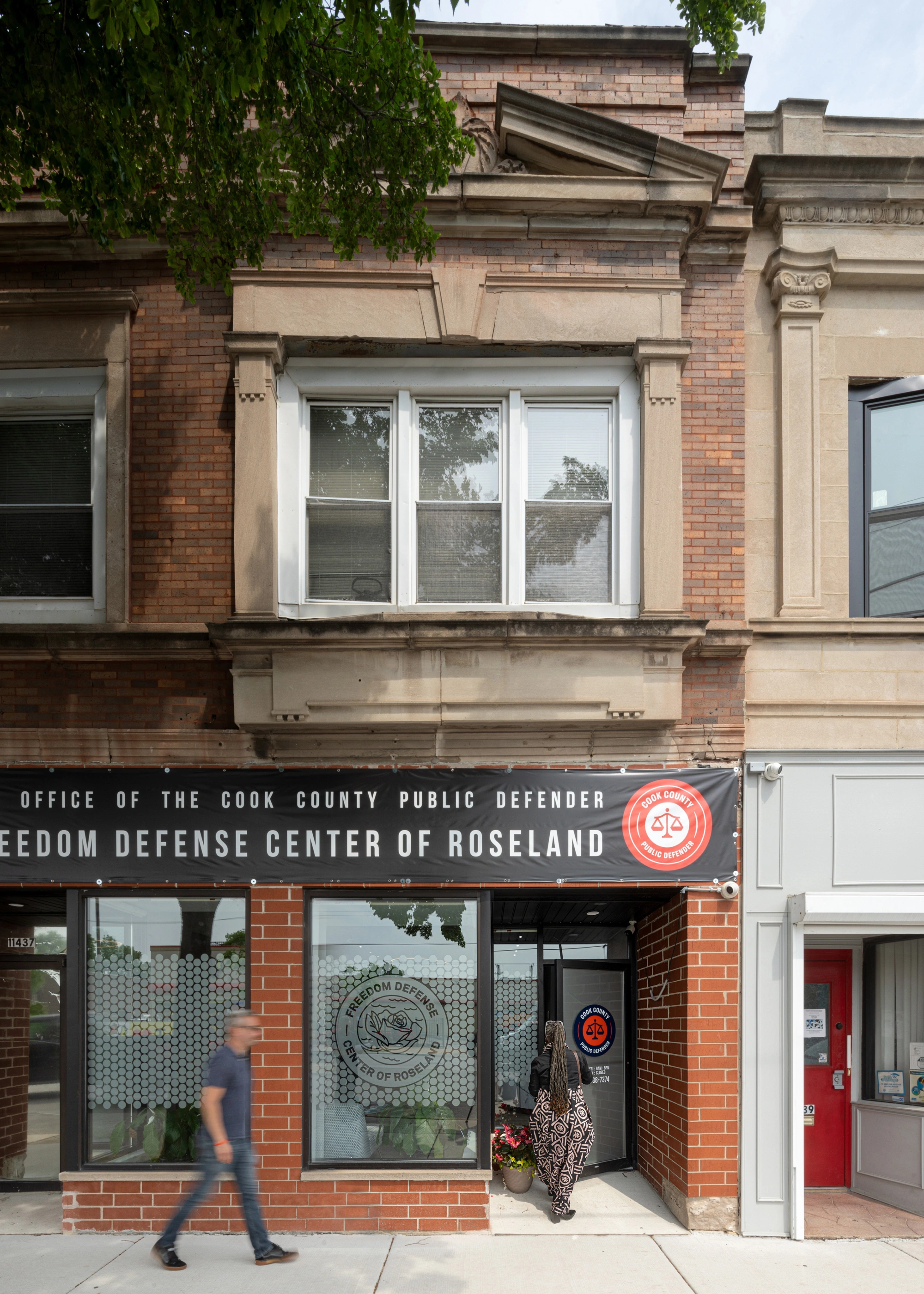
“Latent is committed is to disrupt inequitable biases and traditions in ourselves, our practice, our discipline, and our city to cultivate social impact and progressive design methodologies.”
Katherine DarnstadtFounding Principal | Latent
